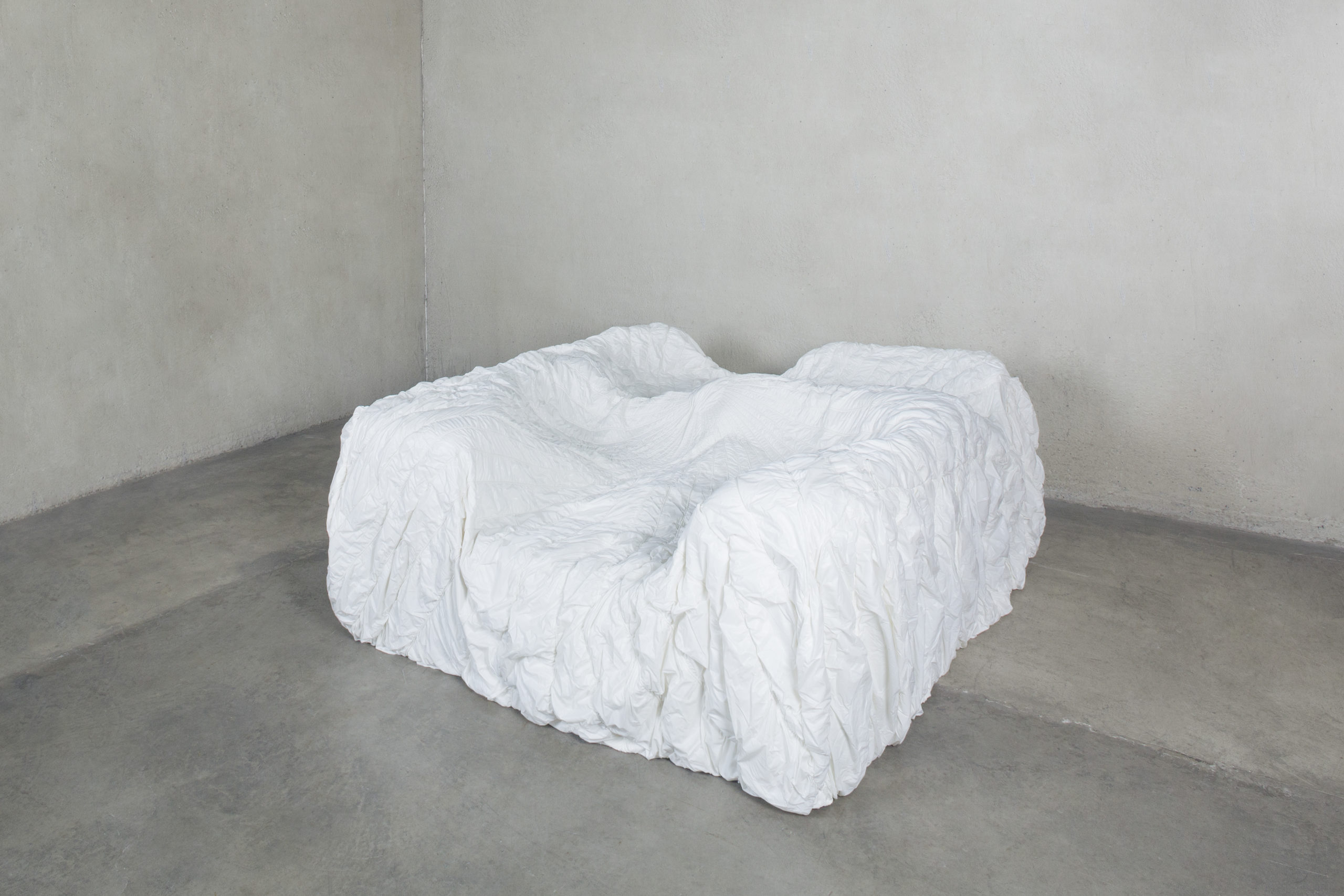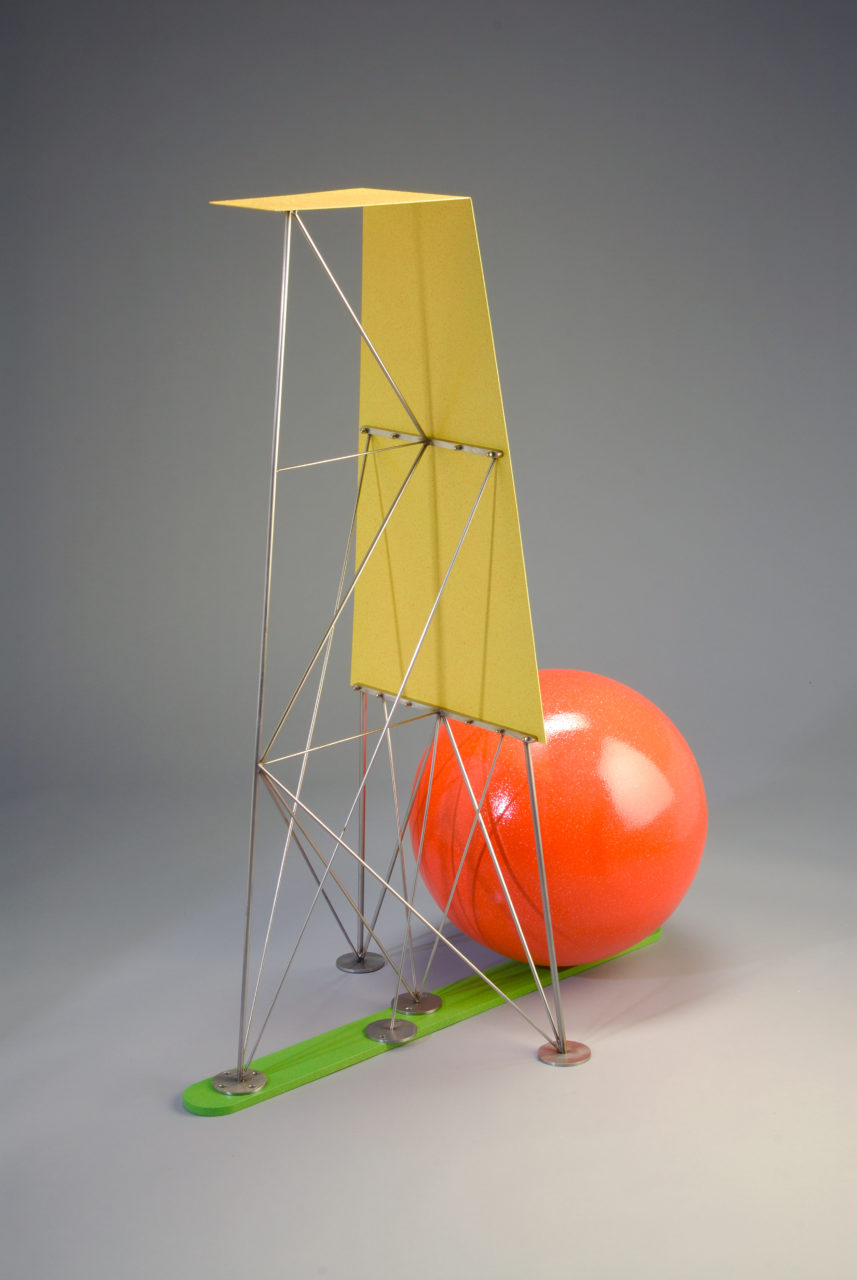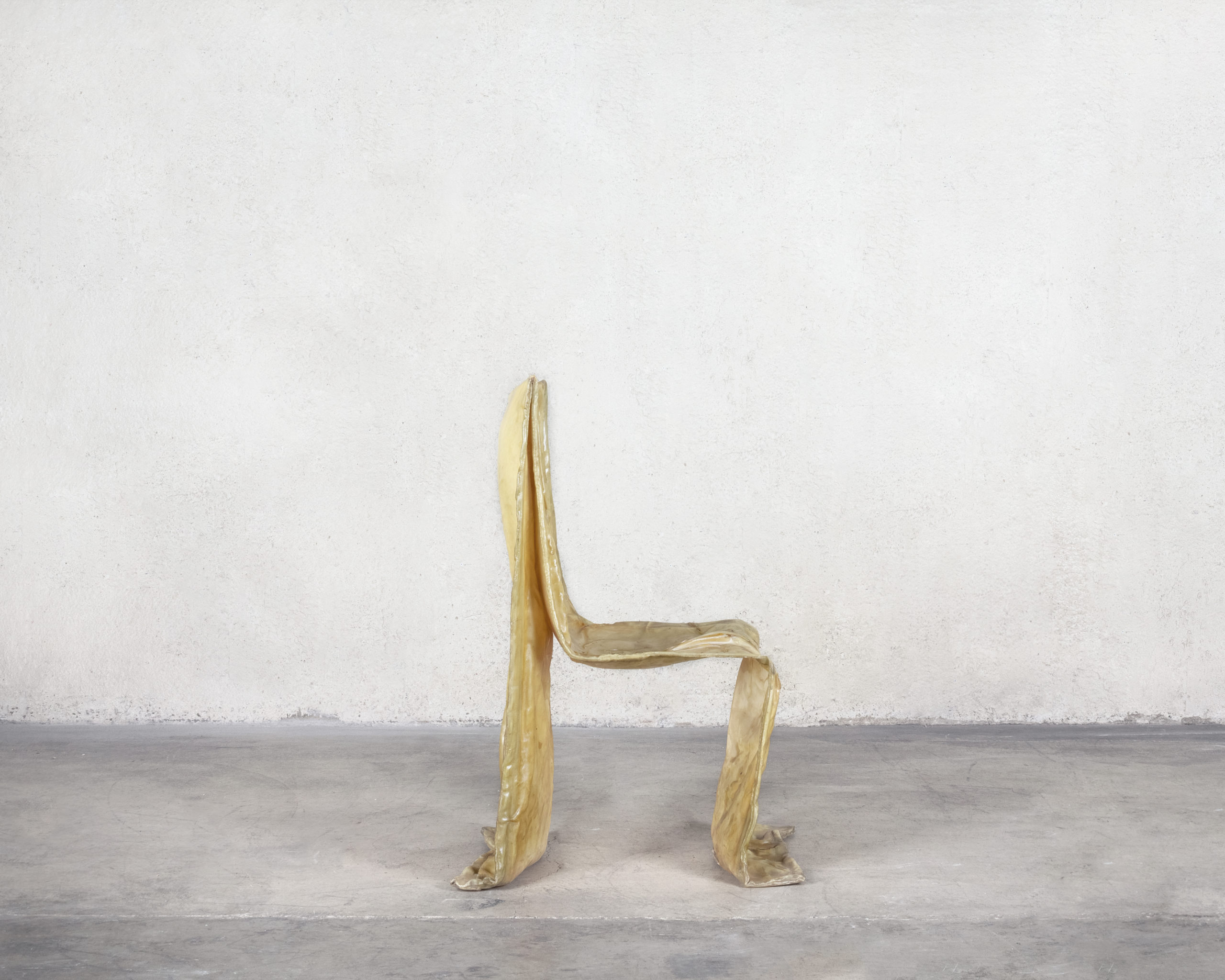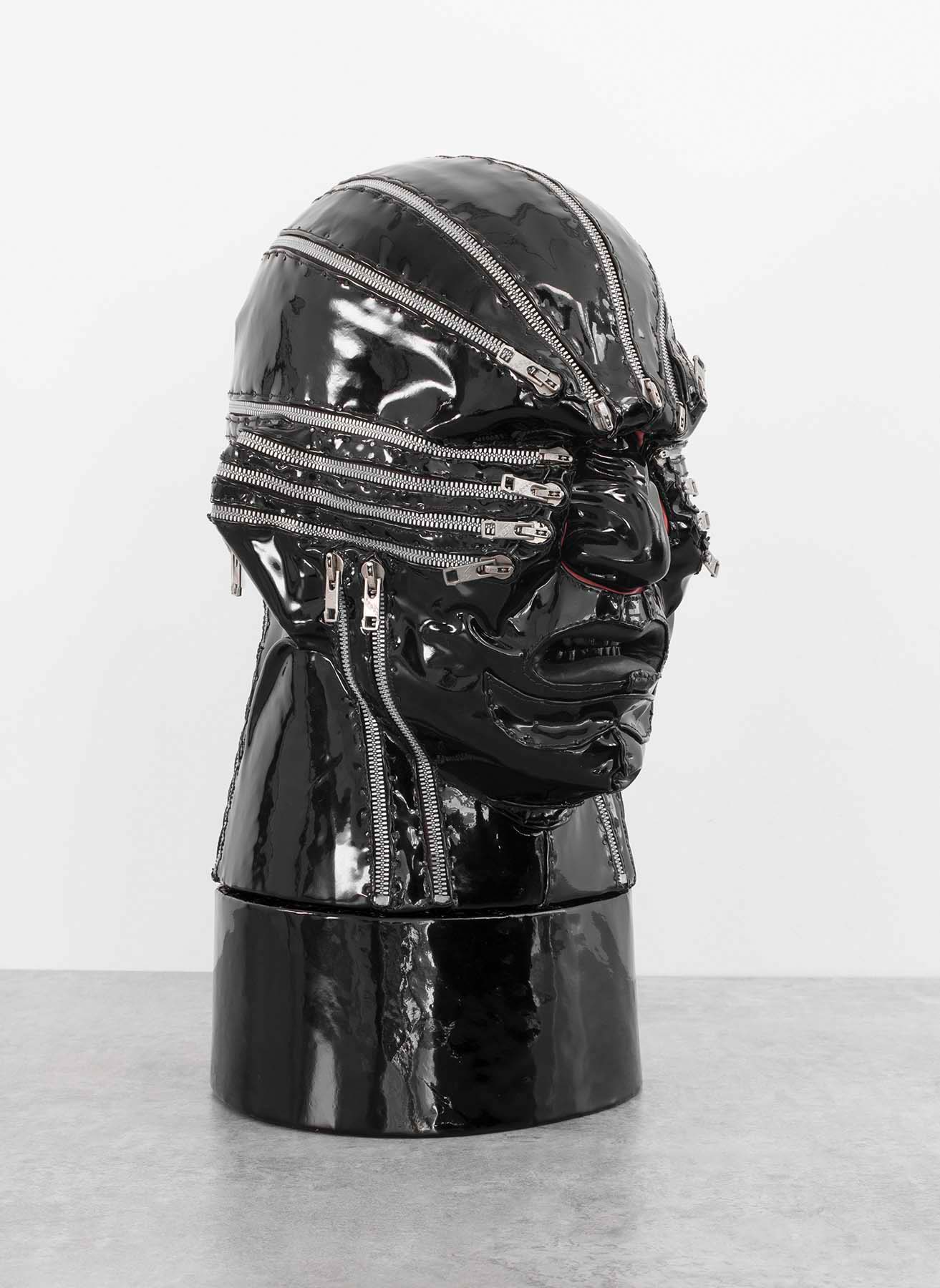One’s threshold for discomfort can vary widely as can their need for comfort. Conditioned by external forces, these psychological extremes have a strong impact on the behavior, identity, and the social norms we adopt. Collective expectations of convenience and satisfaction often mirror economic and societal shifts. In the past, we might have been unknowingly content to live without the amenities we’ve grown accustomed to since.




Exploring the split between comfort and discomfort through a visual, material, and referential lens, Omar Sosa mounts the Comfort exhibition at the Friedman Benda gallery (on view until February 15). The cofounder and creative director of maverick interiors publication Apartamento was commissioned by the collectible design platform as part of its annual guest curator program.
In his research, Sosa sought to investigate comfort’s correlation with aesthetics, and the tension that occurs between the visual and physical properties of utilitarian objects, sculptures, photographs, and paintings.

Bringing together an eclectic array of historic and contemporary collectible design pieces, both from the gallery’s own stores and from other sources, the exhibition explores the idea of comfort beyond a corporeal definition and to consider it as a complete sensorial experience.
Key works on view include John Chamberlain’s deceptively-jagged Couch (1970) and Ettore Sottsass’s perceivably-pliable Bookshelf No. 18 (1994). Contemporary works include Guillermo Santomà’s rock-like Toilet Sink (2019). Many of these pieces are emblematic of the postmodern tenets of pastiche and satire.
Header image: Snarl by Nancy Grossman (1988), Patent leather, wood, paint, epoxy, and zippers, (Signed, titled and dated, Private Collection, Courtesy Michael Rosenfeld Gallery LLC, New York)
